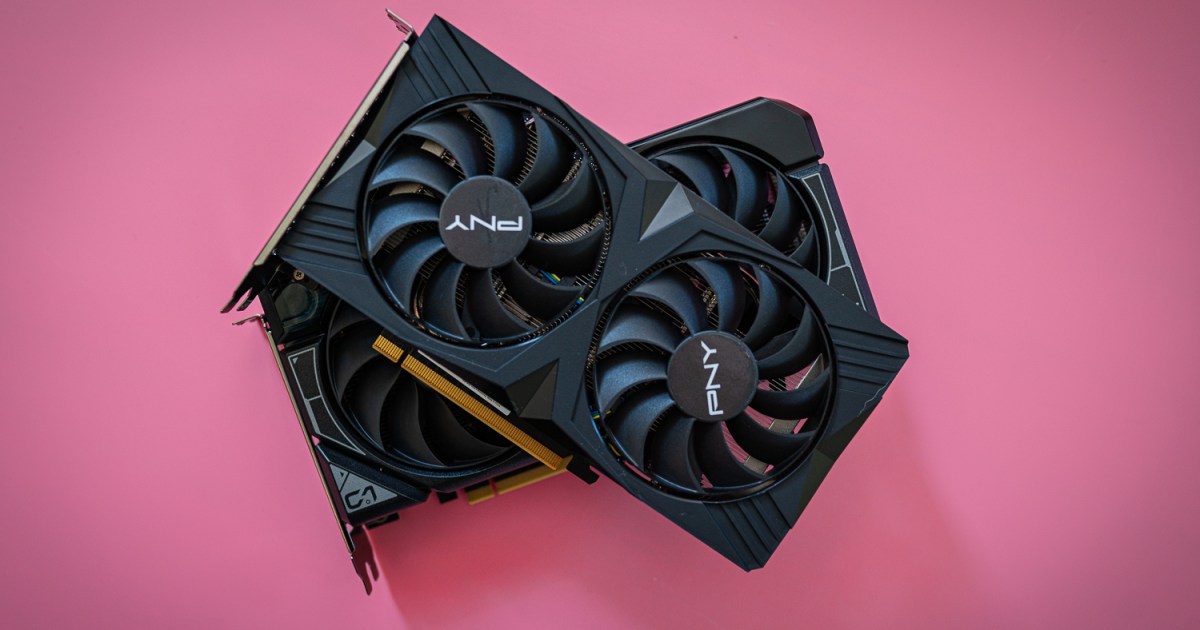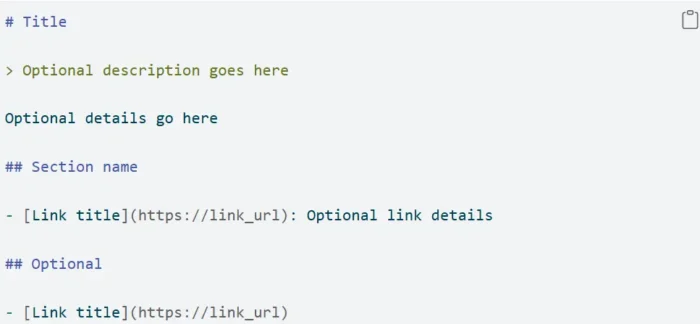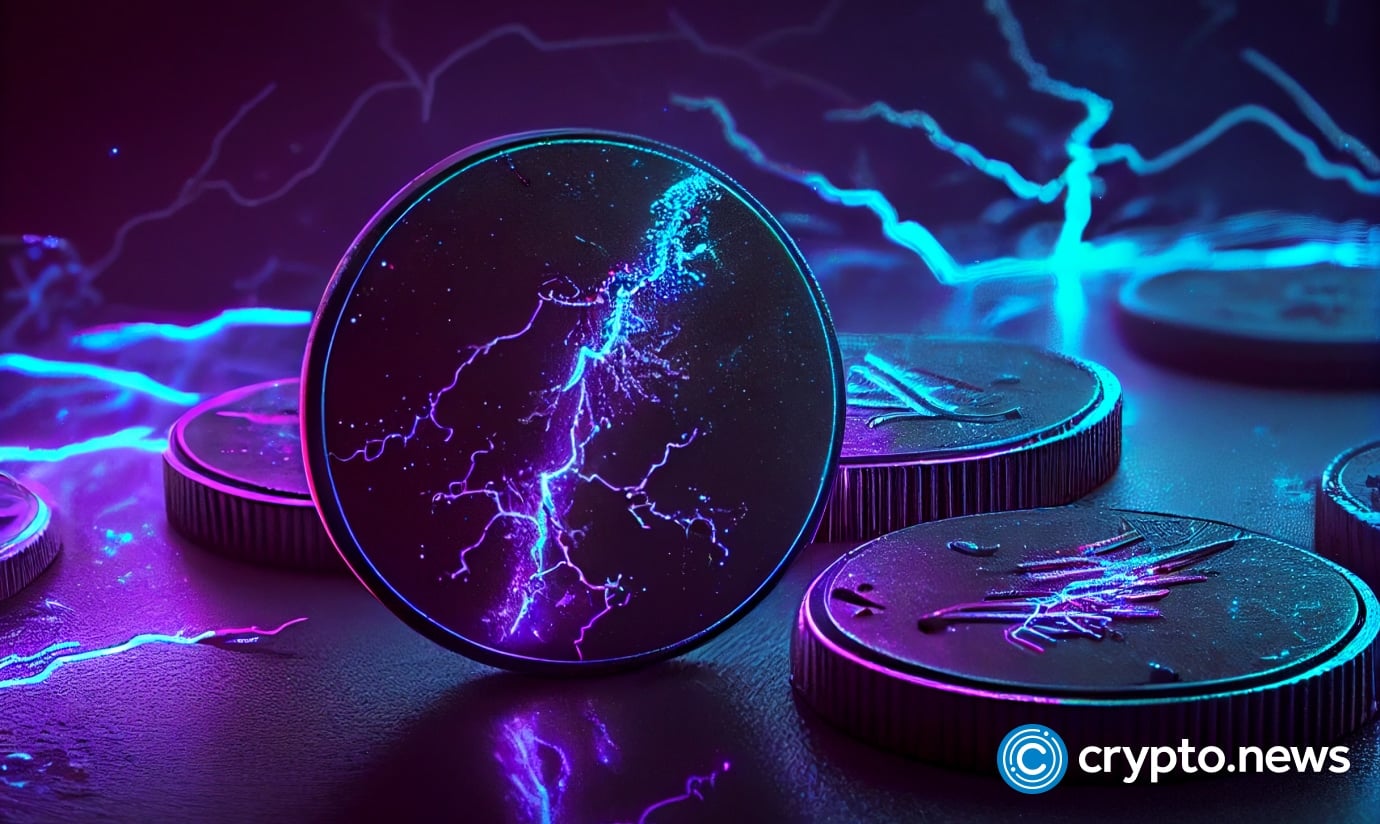Nvidia might break with tradition for the RTX 5060
Nvidia has been the champion of a new 12-pin power connector, but it might fall back to a standard PCIe adapter with the RTX 5060.

Although Nvidia has already established the flagship RTX 5090 as one of the best graphics cards you can buy, most PC gamers are eagerly waiting for Team Green’s more budget-conscious offerings. According to a new rumor, Nvidia’s RTX 5060 and RTX 5060 Ti will ditch the 16-pin power connector that Nvidia has used for the past few generations in favor of a standard 8-pin power connector.
The rumor comes from Brother Pan Talks Computers, a Chinese media outlet that VideoCardz reports has ties to Zotac. Nvidia has yet to announce the RTX 5060 and RTX 5060 Ti, but they’ll be some of the most important entries in Nvidia’s latest RTX 50-series lineup. Traditionally, Nvidia’s 60-class graphics cards are among the most popular GPUs on the market, and last-gen’s RTX 4060 still tops the charts in the Steam hardware survey.
With the Ampere generation (RTX 30-series GPUs), Nvidia switched from standard 8-pin power to a new 12-pin power connector that was featured across Founder’s Edition and third-party models. With RTX 40-series GPUs, it updated to the 12VHPWR adapter, adding four additional “sense” pins, and this connector was at the center of the melting RTX 4090 fiasco. With its latest offerings, Nvidia is using an updated 12V-2×6 connector, which appears to be safer than the previous version.
Although Nvidia hasn’t announced the RTX 5060 and RTX 5060 Ti yet, the cards will hopefully be available in the first half of the year. Nvidia is set to launch the RTX 5070 Ti and RTX 5070 this month, though it has yet to provide a firm release date for either GPU.
Analysis: If it ain’t broke…
It makes sense for Nvidia to adopt a new power connector for high-end GPUs like the RTX 5080 that draw hundreds of watts, but it never made sense for Team Green’s lower-end offerings. For cards like the RTX 4060, you were left with a 16-pin adapter that led straight to an 8-pin connector. You’re just adding more junk to your PC build for no good reason, outside of the fact that Nvidia seemed deadset on adopting the latest power standard.
Going back to a single 8-pin connector would make a lot of sense, and it would clean up the internals of budget-focused gaming PCs. A standard 8-pin PCIe adapter can deliver up to 150 watts, and that’s on top of the 75W provided to the graphics card through the PCIe connection. That’s more than enough power. For context, the RTX 4060 is only rated for 115W, so it barely even needs an 8-pin power connector.
The idea behind the 16-pin connector is that it can deliver higher wattages over a single cable. In fact, it can deliver up to 600W, and that’s a big deal with a flagship like the RTX 5090. After all, you don’t want to plug in four 8-pin PCIe cables when there’s a connector that can deliver the same amount of power over a single cable. As power demands lessen, though, the 16-pin adapter makes less sense. Frankly, you just don’t need all of the power.
If Nvidia goes back to a single 8-pin connector, that’d be great for buyers who are using an older power supply that doesn’t include a 16-pin cable. Although Nvidia includes an adapter for 8-pin power in the box, you probably want to avoid the extra bulk inside of your PC. The 8-pin connector may be an old standard, but it still works perfectly well for lower-end cards that don’t have high power demands.

 Tfoso
Tfoso 
































.jpg)